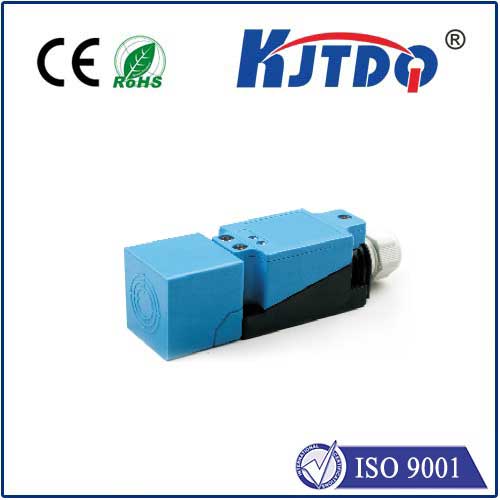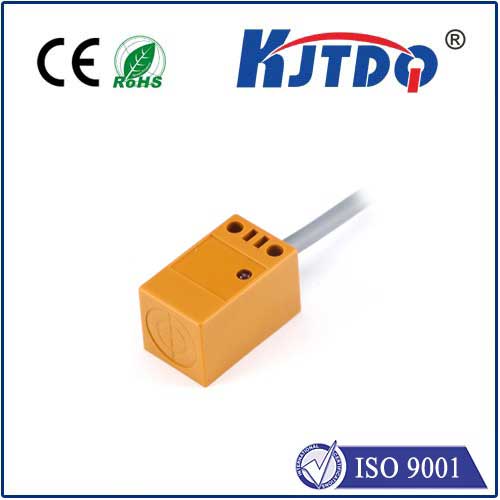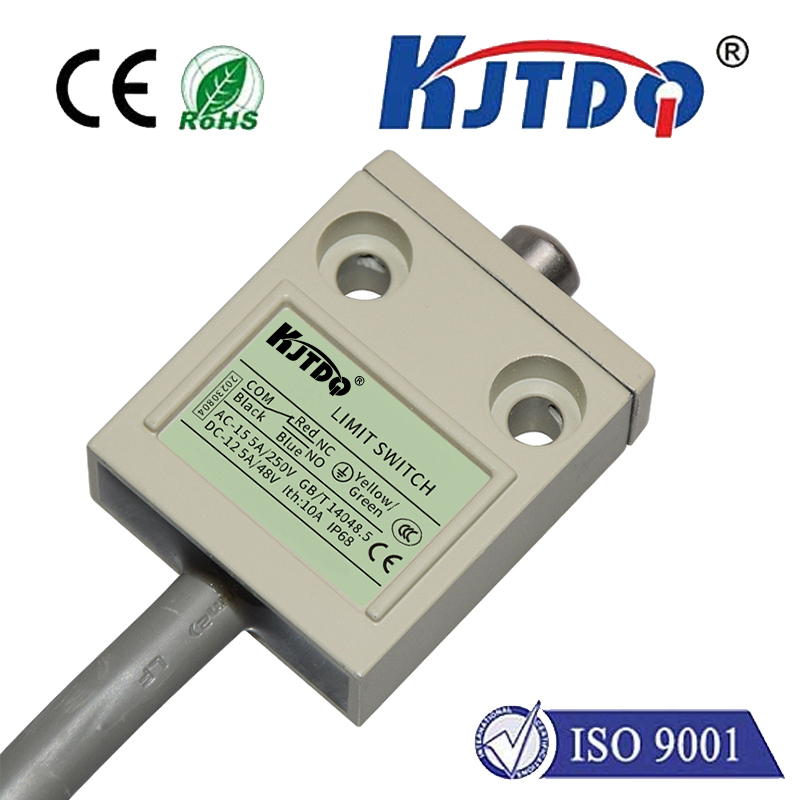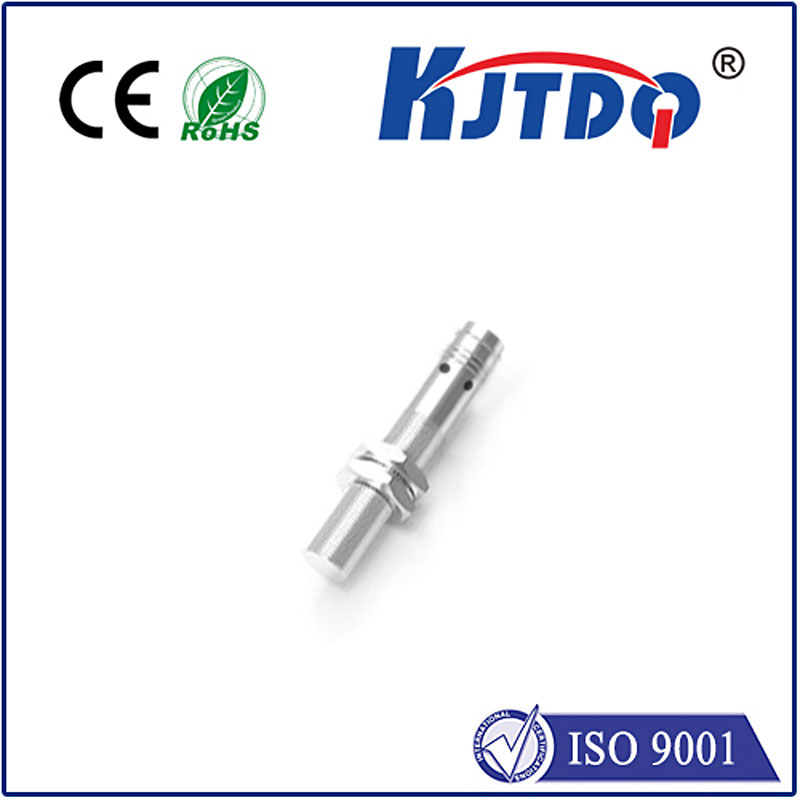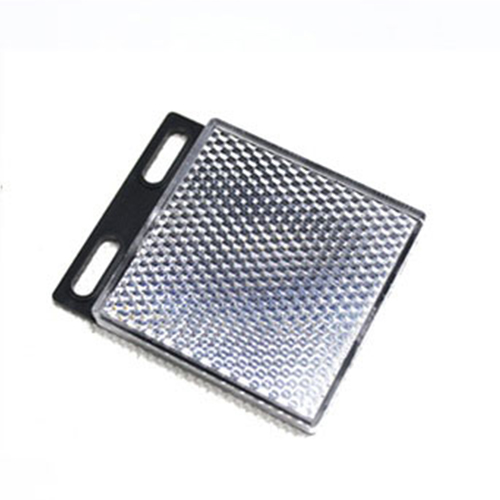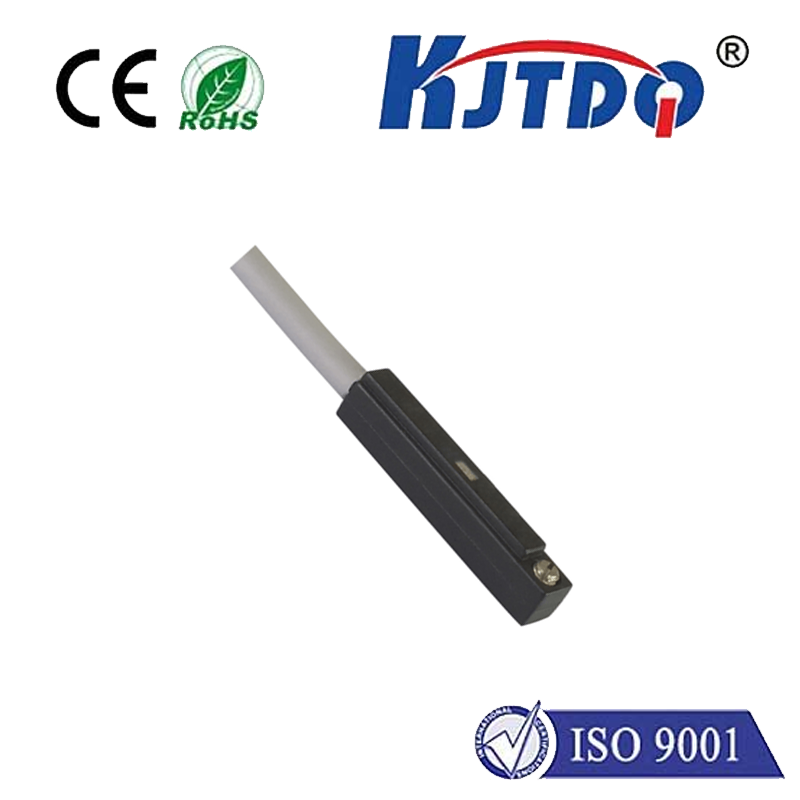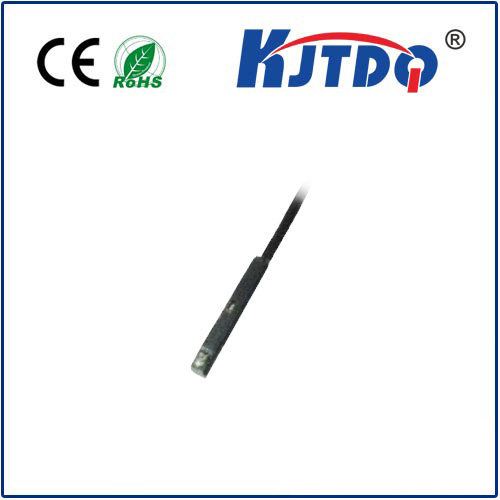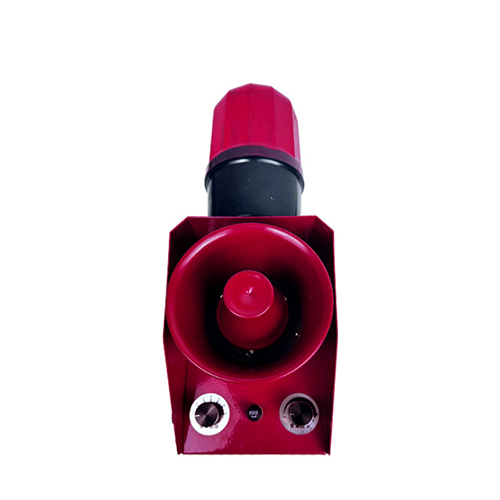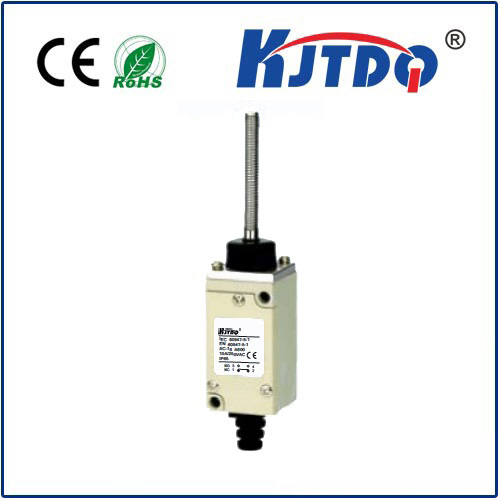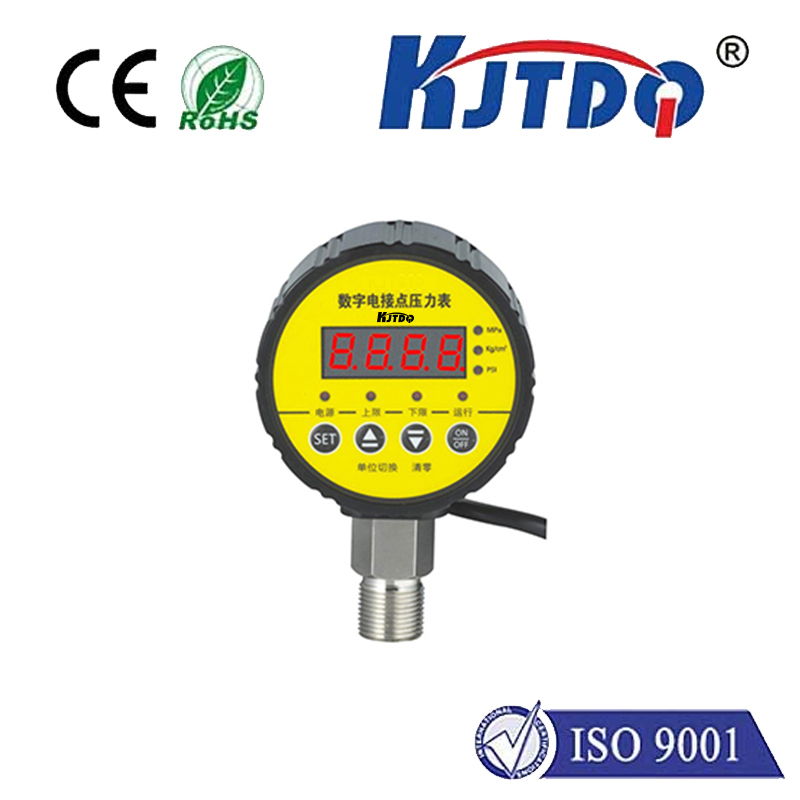

check

check

check

check

check

check

check

check

check

check
Title: The Revolution of Photo Reflective Sensors in Modern Technology
In the rapidly evolving landscape of modern technology, photo reflective sensors have emerged as a critical component that is transforming various industries. These sophisticated devices use light to detect objects, measure distances, and monitor changes in their surroundings. In this article, we will explore the significance of photo reflective sensors and how they are reshaping our world.
The Working Principle of Photo Reflective Sensors
Photo reflective sensors work on the principle of reflection. They emit light from an emitter, which reflects off an object and returns to a receiver. The time it takes for the light to travel back to the receiver is used to calculate the distance between the sensor and the object. This technology offers high accuracy, making it ideal for applications where precision is essential.
Applications of Photo Reflective Sensors
The versatility of photo reflective sensors has made them popular across multiple industries. Here are some examples of their applications:

1. Automotive Industry
Photo reflective sensors play a crucial role in enhancing vehicle safety by enabling features like automatic headlight dimming, adaptive cruise control, and collision avoidance systems. They help vehicles detect obstacles, pedestrians, or other vehicles and respond accordingly, reducing the risk of accidents.
2. Industrial Automation
In industrial automation, photo reflective sensors are used for precise positioning, alignment, and inspection tasks. They can detect the presence or absence of objects on conveyor belts, monitor product quality during manufacturing processes, and ensure accurate sorting and packaging operations.
3. Retail Industry
Photo reflective sensors are also revolutionizing the retail industry by enabling innovative solutions such as smart shelves and automated checkout systems. They can track inventory levels, detect when products are picked up or returned, and even facilitate self-checkout processes, improving customer experiences and reducing operational costs.
4. Healthcare Industry
In healthcare, photo reflective sensors contribute to patient safety by helping medical professionals monitor vital signs and medication administration. They can detect patient movements, alert caregivers about potential falls or wandering behaviors, and ensure that medications are administered correctly and on time.
Challenges and Future Prospects
While photo reflective sensors offer numerous benefits, there are still challenges to overcome. One major challenge is ensuring that these sensors can operate accurately under various lighting conditions and environments. Additionally, integrating them into existing systems requires careful planning and implementation to ensure compatibility and seamless functionality.
Looking ahead, advancements in artificial intelligence (AI) and machine learning (ML) will further enhance the capabilities of photo reflective sensors. With AI-powered algorithms, these sensors can become more intelligent, learning from their surroundings and adapting to changing conditions. This opens up exciting possibilities for new applications and improvements in existing ones.
Conclusion
Photo reflective sensors have become an integral part of many industries due to their ability to provide precise measurements and enhance safety and efficiency. As technology continues to evolve, we can expect these sensors to become even more advanced, paving the way for innovative solutions that will shape our future. By leveraging the power of photo reflective sensors, industries can streamline operations, improve performance, and create safer environments for everyone involved.
